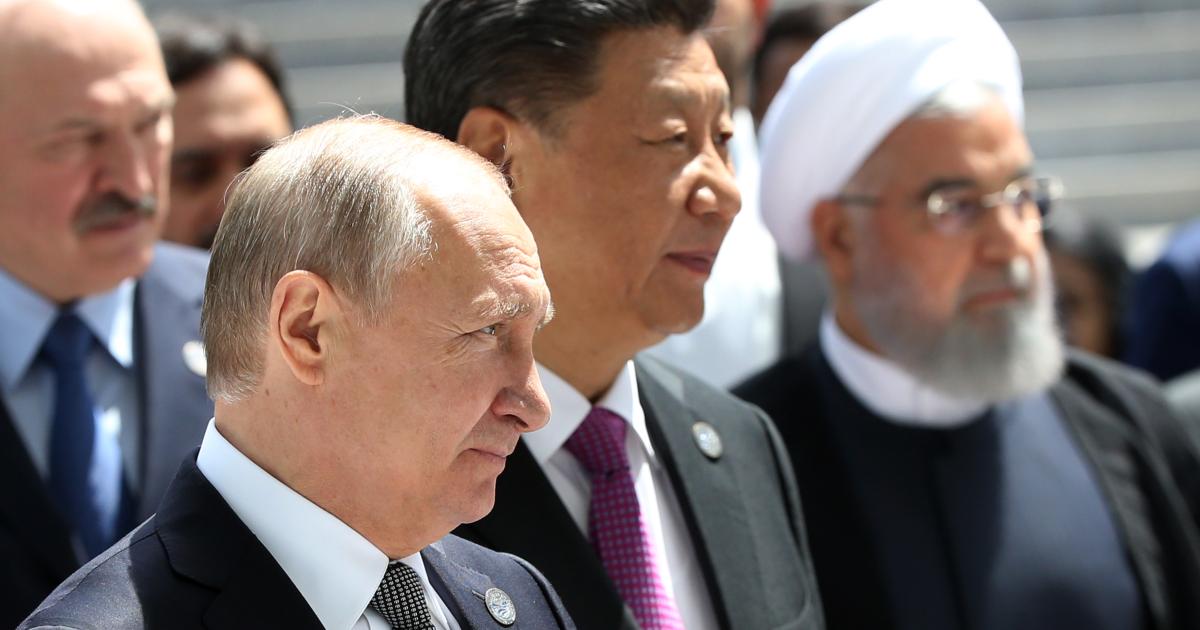

The task of economic policy-making consists in finding in each time period a collection of the values of the instruments that can be expected to yield that collection of the values of the targets which is considered to be the most favorable. This chapter presents past and current styles of economic policy-making. While a unidirectional causality moved from inflation to youth unemployment to inflation. Furthermore, in this context, the results of Dumitrescu-Hurlin (2012) panel Granger causality test indicated that there is no causality relationship between youth unemployment and economic growth as well between inflation and economic growth.
#The balance goldilocks economy series#
So, it can be clearly said that the series were not moving together for the long-term period. Pedroni Residual Cointegration Test statistic showed that there was no relationship between young unemployment, inflation and economic growth in ESWA’S economies. For this purpose, this study investigates the influence of economic growth and inflation on youth unemployment in 16 countries belonging to the ESCWA region for the period 1991-2017. Youth are the most affected group due to many reasons, the most important is the employment production act applied by within countries. Inflation is another factor that has influence on unemployment rate, therefore economic growth and inflation are two factors that have impact on unemployment. These policies usually aim to increase growth rates and not to reduce unemployment. Governments policies aim to solve this problem by creating new jobs symmetric with the sustainability of economic growth. There are many causes behind the high unemployment in the Escwa region, which differ from one country to another. High unemployment particularly among youth is a serious burden for economy. It has been detected that minimum wage increases do not cause economic growth by increasing the amount of production. It has been reached that minimum wage increases have positive effect on income distribution and increase purchasing power of the low income people. It has been observed that the minimum wage increases do not cause unemployment. It has been seen that the minimum wage increases do not cause cost inflation with regards to the supply side of the economy. It has been determined that the minimum wage increases do not affect the productivity of employees owing to institutional reasons or being low in real terms. As a result of the survey, it has seen that the minimum wage increases are augmenting other wage levels. tried to determine the economic effects of minimum wage increases by using in-depth interview method with 50 firms operating in Mugla, employing between 10 and 250 workers and falling under the scope of SME. In the study, these probable effects are investigated locally at the micro level. The minimum wage has possible effects on economic variables such as average wages, productivity, inflation, employment, income distribution and growth. The aim of this study is to analyze the economic effects of the minimum wage increases on small and medium-sized enterprises. These are their targets: such variables as the level of unemployment and of economic growth. Policy-makers have objectives, toward which they are, presumably, working.

Most governments are unconcerned with low rates of inflation, say, 2%-3% and only become alarmed when annual rates are relatively high, say, 10%-15%. Inflation occurs when the general level of prices moves upward.

Economic growth is measured by the amount of goods and services which become available to an economy, usually in per capita terms. industries that have entered a long period of decline shed labor which possesses a high degree of very specific skills. The aim of monetary policy is to secure continuous economic growth, to keep inflation to a low level, to maintain a healthy balance of payments and manage the pound sterling on the international exchange markets. The main objective of a monetary policy is to maintain a high and stable level of employment. This chapter discusses about monetary policies.


 0 kommentar(er)
0 kommentar(er)
